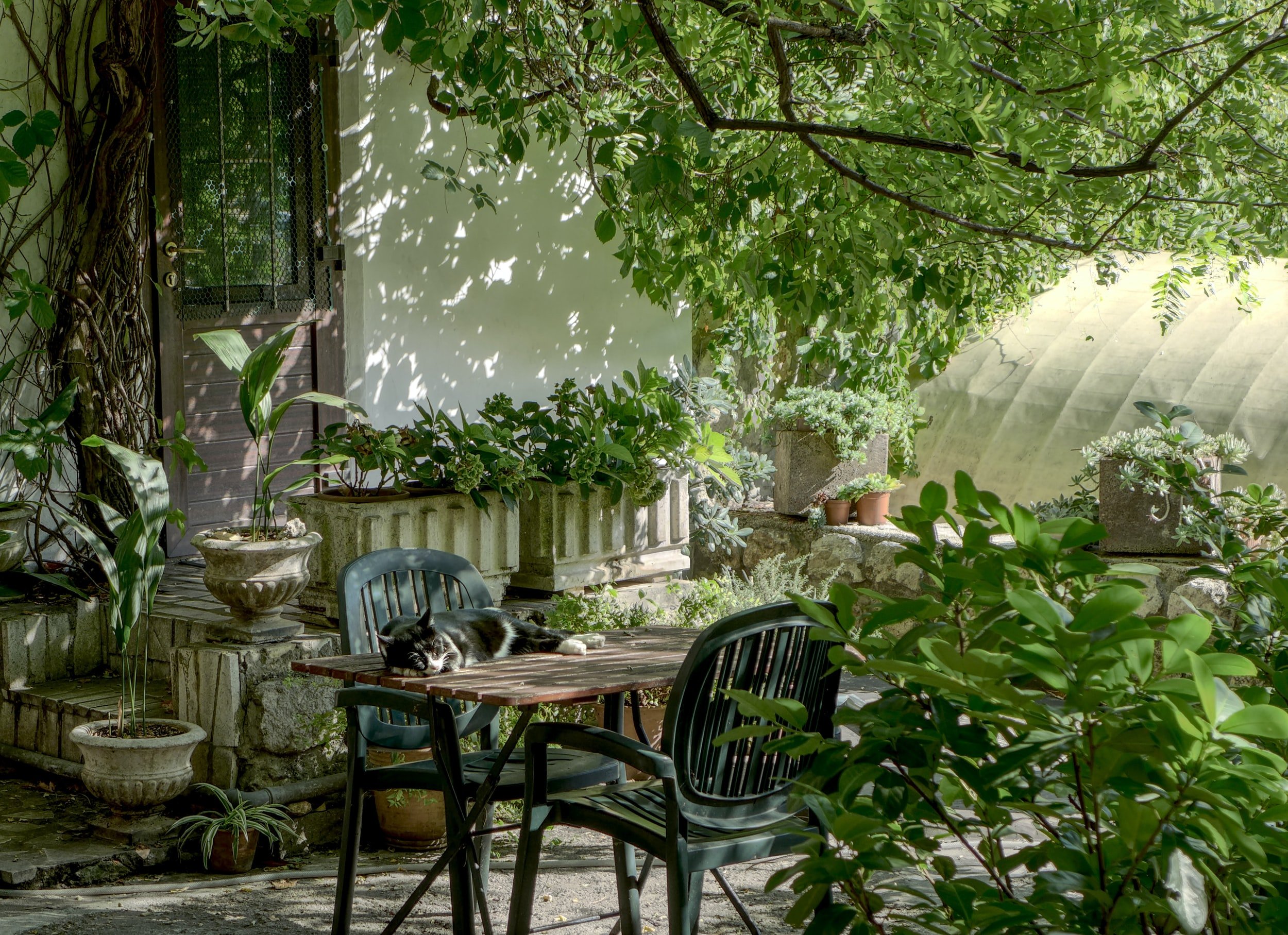With our countryside fast vanishing under concrete, there is much we can do to mitigate the loss by placing the natural world at the heart of development and planning. “Housing developments and houses themselves should be designed to provide space for both wildlife and people” – The Wildlife Trusts. But how do we get to this mindset? We were very excited to be joined by Chris Packham, naturalist, television presenter, writer, photographer, conservationist, campaigner and filmmaker. A very much respected presenter of BBC’s BAFTA Award-winning Springwatch, Autumnwatch and Winterwatch series.
In our discussion, we talk about Biophilic Design and he makes an urgent call about why we need to bring nature into our built environment. “If we are not in contact with nature, how are we ever going to learn to love or recognise its true value.”
We were joined in this podcast by the insightful environmental correspondent Hartley Milner, who right at the start of the podcast asks about the current government legislation, policy change, the new watchdog being set up and how much is government spin. Chris, with his extensive knowledge of ecology, explains that really the governance is not enough, we need a collective sea-change in political attitudes, where those who govern us recognise an urgent need to address these issues. “Does it have to hurt us a lot more before we do anything? We are brilliant at cures, but not so good at prevention, which is an indictment of our collective intelligence that we wait to fall over before we pick ourselves up”.
This is one of the compelling reasons for Biophilic Design implementation. It is an integral part of that prevention I would argue. Surrounding ourselves with nature and patterns of nature, encourages positive memory, association and understanding and appreciation of nature. If we experience it in our everyday built environment we will naturally want to protect the living world we share our planet with, and depend on. “Our planet is on fire,” he says. “One to one contact with nature is essential”.
Chris also gives us ideas on how we can bring nature up close and personal in our own gardens, however small. “You might have a tiny patch of garden, but collectively, they are not. Did you know that all the gardens in the UK add up to an area the size of Suffolk?” Chris says that if we can help enable the individual to make a difference, then communities, then collectively all together, we can make a significant difference enabling us to live and survive more sustainably.
We talk about how we can design and build good quality affordable housing, new developments and communities with nature in mind. “Ask for help, reach out to those ecologists for help, let’s work in partnership. If you have the energy and ambition to build more sustainably and green, don’t just go 60% to make it green, go 100% and make it green and fruitful,” he says.
Wouldn’t it be amazing to see a whole raft of architects, developers, planners and designers who are able to create amazing spaces, offering everyone access to nature, even in intensely urbanised areas, improving health, and air quality, reducing temperature, encouraging biodiversity? We are running out of time. A better way of designing needs to be mandatory.
Wouldn’t it be amazing if every new build had swift bricks (which cost the same as ordinary ones), bat boxes, and fruit trees for instance? I suggest that maybe we need a simple “takeaway kit” for some developers to just plug and play an implementation. We need to build housing that will work today and tomorrow.
The whole ethos of Biophilic Design is summed up when Chris says how we should be giving people the chance to live an harmonious co-existence with nature. When we have first-hand experience of nature, it surprises us, it fills us with awe and wonderment.
We have discussed elsewhere on this podcast series, just what happens in our brains when we are close to nature (sights, sounds, smells, light, air, senses, evolutionary psychology, and physiological changes for instance), it is humbling to hear first-hand from someone so passionate about the natural world, that together we can really make a difference.
So, listeners (and readers), I’m going to ask you. What will you do today?
To find out more about Chris Packham, visit his website on https://www.chrispackham.co.uk
If you like this, would you like to register for our FREE Biophilic Design newsletter? https://mailchi.mp/4001fc945c4f/untitled-page
Credits: with thanks to George Harvey Audio Production for the calming biophilic soundscape that backs all our podcasts.
Did you know our podcast is also on Audible, Amazon Music, Spotify, iTunes, YouTube, Stitcher, vurbl, podbay, podtail, and most if not all the RSS feeds?
Facebook https://www.facebook.com/journalofbiophilicdesign/
Twitter https://twitter.com/JofBiophilicDsn
LinkedIn. https://www.linkedin.com/company/journalofbiophilicdesign/
Instagram https://www.instagram.com/journalofbiophilicdesign





